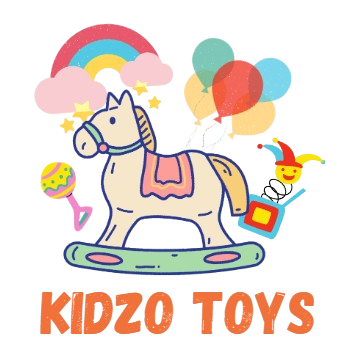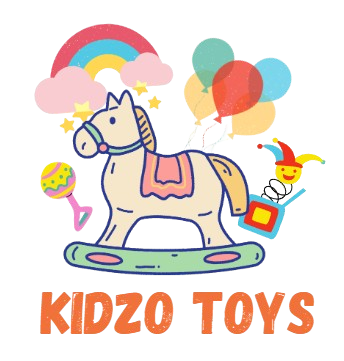Blog
Alphabet Blocks For Kids
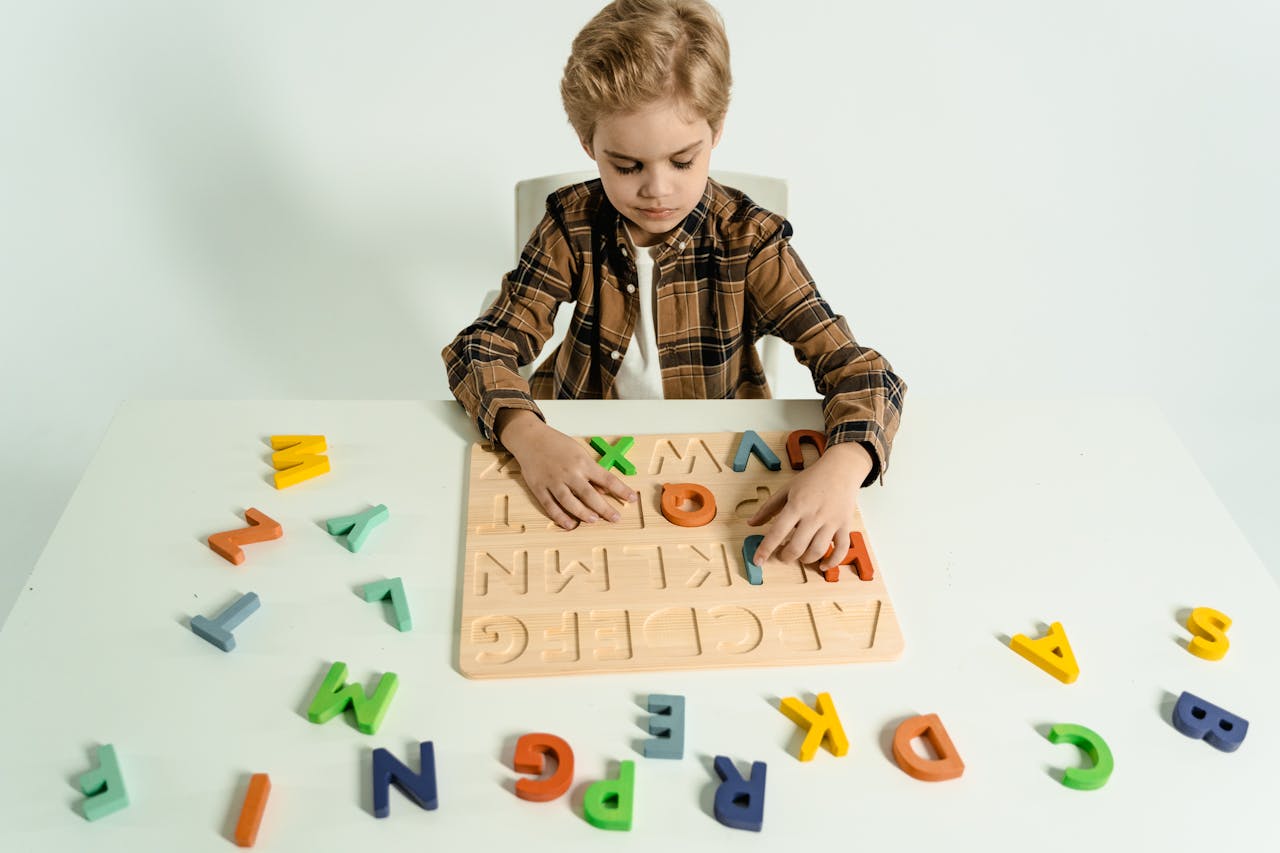
Introduction
There’s a lot more to letter blocks than simply a colorful collection of cubes scattered on the floor of a playroom. They are a well-known educational toy that has assisted countless children in learning their language, ABCs, and developing critical motor and cognitive skills. These toys made out of foam, plastic, or wood are relatively inexpensive and packed with educational value.
Letter blocks are crucial when it comes to every child’s toy collection for parents wishing to blend amusement and education. Kidzotoys selected letter blocks seek to integrate core teaching while providing ample amusement. Let us explore the amazing benefits and uses of letter blocks for children and why they should be part of every child’s early learning.
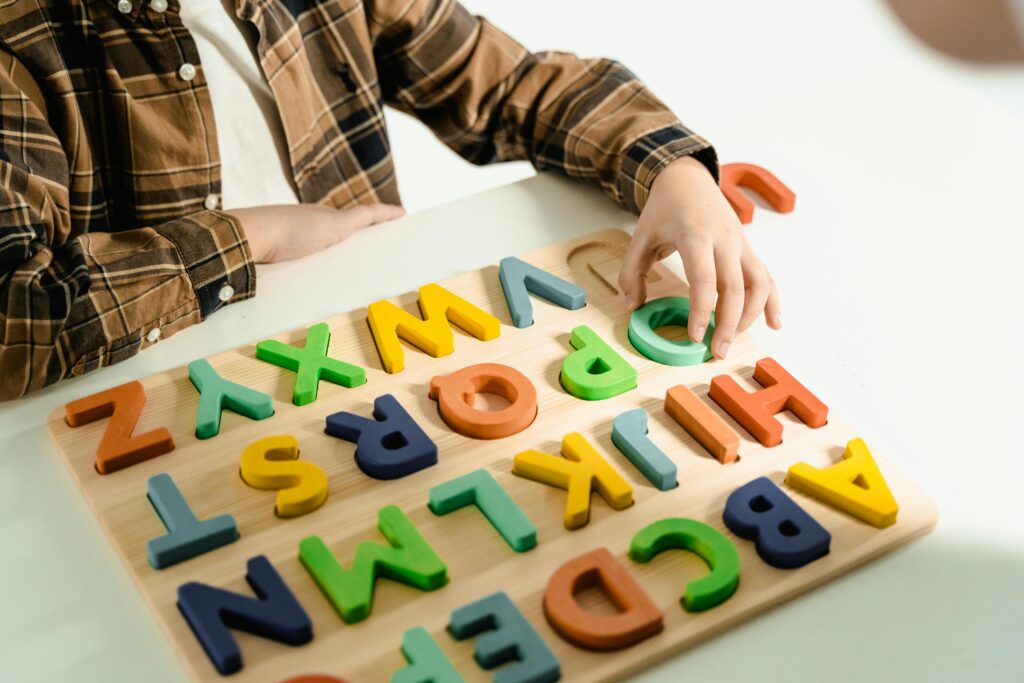
The Educational Power Of Alphabet Blocks
Alphabet blocks, despite their seemingly basic design, serve a specific purpose and function as an effective teaching aid. Each block has a letter of the alphabet and is accompanied by an image along with a word that is related to it. The early language skills of children are enhanced through reading, saying the word, and relating it to an image, absorbing it through various channels.
Identifying letters is critical in the reading process, and these blocks support this development. Children’s learning is tactile because they can pick up and interact with the blocks. This physical interaction assists kinesthetic learners, those who learn best through doing, to retain more information.
Regularly playing with alphabet blocks assists children in developing phonemic awareness the skill of associating letters with their sounds. Motions assist young infants in developing hand-eye coordination which enables them to learn writing, painting, and even buttoning up clothes.
Enhancing Motor Skills Through Play
Alphabet blocks provide children with the opportunity to learn to read and identify letters as well as develop fine motor skills. Toddlers strengthen their hand and finger muscles when they hold, stack, balance, and arrange the blocks.
Children learn through trial and error, in this scenario trying to build specific frameworks using stacks of blocks. Small fingers require patience to be precise with everything they do. Attempting to build structures teaches young children rudimentary understanding of cause and effect, such as the fact that towers with weak foundations will collapse.
This method of learning through trial and error improves cognitive flexibility and problem-solving skills. In addition, alphabet blocks assist with spatial knowledge. Children learn about spatial relationships when they flip, rotate, and put blocks together. They will benefit from this understanding when studying mathematics, engineering, and logical reasoning in the future.
Language Development And Vocabulary Growth
Letter block play is particularly fascinating because it offers great potential for language development. With increasing exposure to each letter, children start to approximate words, combining letters into small words. Fun collaboration from parents and other caregivers can involve spelling children’s names, common words, and even simple phrases.
New vocabulary is introduced through discussing images on the blocks. A block “D” with a dog picture can spark a conversation about pets and even animal sounds, or body parts like paws and tails. Such spontaneous discussions may be unstructured, but they help nurtures a child’s vocabulary and go way beyond the alphabet.
Group block play, especially in preschool or daycare, is a verbal engagement booster as children ask for specific letters or describe their creations. This verbal engagement fortifies speaking confidence while honing communication skills.
Boosting Creativity And Imagination
Alphabet blocks serve twin roles, supporting both step-by-step learning and free-range make-believe. Kids pile the bricks into fantasy worlds, stacking hills, towers, castles, and sprawling little towns. As blocks find their place, the builders spin stories and little meanings on the spot. Maybe the C becomes a speedy car and the H a snug house for tiny figures. Those bright, silly tales show how a growing brain learns to imagine and connect.
Because no single right way exists for open-ended toys like letter blocks, observers praise the spark of creative thought they encourage. A child might sort letters into vowels and consonants, line them up in bright rainbow order, or even invent a secret alphabet. That kind of freedom builds self-confidence, original ideas, and the urge to explore.
Mixing alphabet blocks with other toys such as action figures, cute cars, or small jungle animals opens even more play paths. A zebra caravan might use the wooden Z as its gate, while letters become roads, signs, and treasure maps. This kind of pretend play sharpens story-making skills and, just as importantly, plants a lasting love for tales.
Alphabet Blocks As Tools For Social-Emotional Growth
ABC blocks do more than teach letters; they also give kids a friendly nudge in social, emotional, and motor skills. As little hands tumble the cubes, children practice sharing, taking turns, and working side by side on small projects. Whether searching for a missing letter in a friends name or teaming up to build a wobbly tower, they pick up quick lessons in empathy and cooperation.
When a tower falls or a letter rolls away, the moment of disappointment becomes a safe test for keeping feelings in check. Kids learn to breathe, try again, ask a buddy for help, or even rethink the whole structure. In the long run, those soft skills count just as much as passing grade-level math when children get ready for school.
Parents and teachers can join the fun by linking block play to positive behavior. Simple praises like, You spotted the letter S! or, I love how you shared the blocks with your sister, nudge children toward a growth mindset and lift their self-esteem.
Choosing The Right Alphabet Blocks For Your Child
You’ll find plenty of letter-block styles, and the set you choose shapes how much your child enjoys learning. Kidzotoys curates blocks that line up with key milestones so play feels just right.
Classic wooden alphabet blocks are a safe, sturdy choice for tiny hands. Toddlers often prefer larger pieces that fit their grip, while rounded corners prevent sudden snags. Embossed letters add a gentle texture kids love to trace with fingers.
For the littlest explorers, soft foam or fabric blocks invite chewing and poking without worry. Because they weigh almost nothing, parents stay relaxed during supervised sensory sessions.
Magnetic or snap-together sets spark word-building and simple engineering in one go. Some even pair with a phone camera that launches short songs or animations.
Pick blocks that match your childs age, passions, and motor skills. Always check for non-toxic materials, smooth edges, and colors that grab curious eyes.
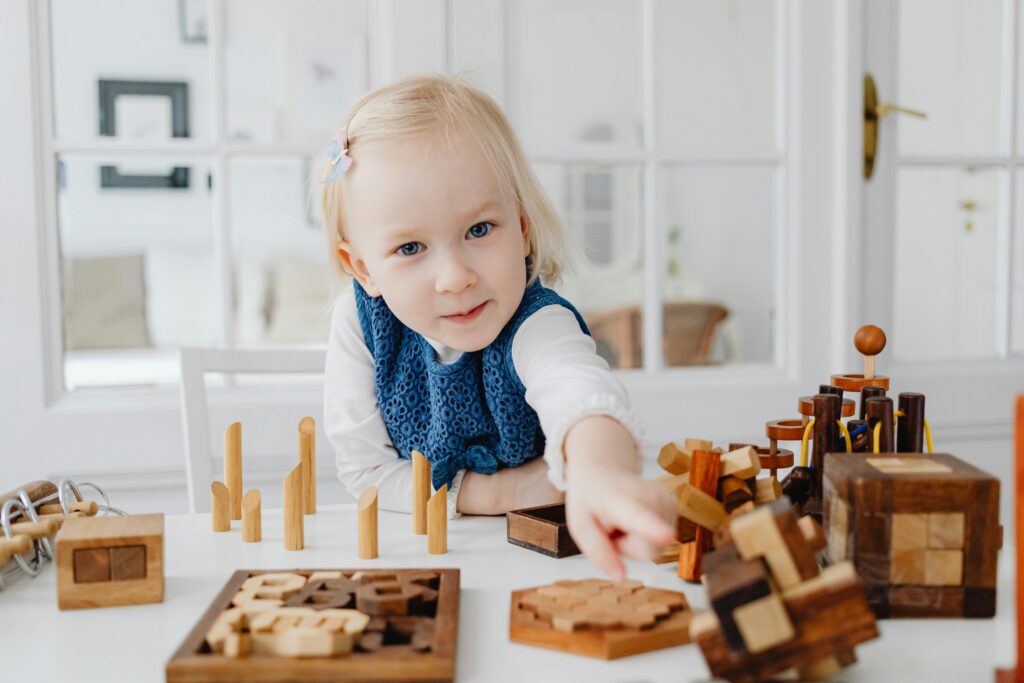
Conclusion
In a world full of blinking screens, a simple box of wooden letter blocks still feels right. Children learn best when they can touch, tip, and move real things with their own hands. Because they build reading skills, boost tiny finger strength, and even widen a child’s emotional vocabulary, alphabet blocks are one classic toy no busy parent should overlook.
At Kidzotoys, we believe play should do more than keep little people occupied. Each block in our hand-picked set meets the highest safety, quality, and learning standards. Whether you’re helping a preschooler master their first letters or searching for a toddlers very first gift, our alphabet blocks are a sound, future-minded choice.
Frequently Asked Questions
1. What age is best to introduce alphabet blocks?
Soft foam or fabric blocks are fine at about six months, because little ones mostly bang and mouth things. Between twelve and eighteen months toddlers start intentional stacking and show curiosity about the letters. By age two or three many kids identify own letters and match them to words or sounds they hear.
2. Can alphabet blocks help with speech delays?
They often do, when used along with conversation. Placing blocks together invites sounds and words, letting children hear letter names and rhymes as they play. For slow talkers guided naming, gentle repetition or silly makes-up chants can spark speech while hands remain busy.
3. Are wooden alphabet blocks safe for toddlers?
Yes, provided the edges are rounded, the finish is non-toxic, and the paint meets toy standards. Always supervise closely, watch for small pieces, and give tiny hands larger blocks so play stays safe.
4. How can parents make learning with blocks more engaging?
Parents can start with easy name-building games, letter hunts, or simple word puzzles. They might also mix blocks with toy trucks, animals, or dolls to make bright road signs, story props, or little shop displays. Moving along, kids love pointing at each block while singing the alphabet tune. The lively action keeps fingers busy and learning fun.
5. Do alphabet blocks support bilingual learning?
Definitely! Alphabet blocks give fingers a hands-on way to learn new letters and sounds. Caregivers can pair blocks with words in another language, and many sets already mix English and Spanish. Early dual exposure builds a solid start for the growing bilingual brain.
